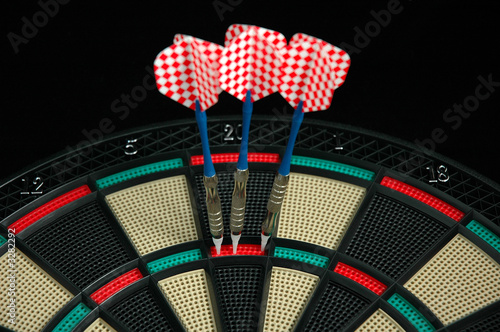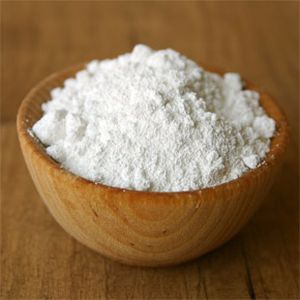TLC, Chemical Change, Metric Units and Conversions, and Precision vs. Accuracy
8.31.13 Post Scribe Author: Katie Coy
8.30.13 TLC Visit
In the beginning of class, Ms. Friedmann introduced us to two very important people. All the way from the TLC was Mr. Duty and Ms. Pavic. These two individuals can be found in the TLC everyday from 7:15 in the morning until 4:30 (4:00 on Fridays) in order to help us out. As Ms. Friedmann explained, sometimes we will be going over some things that we will not completely understand in class. These two people are a great resource to use to go and ask for help.
They can help you with:
- Understanding a lab
- Homework
- Items on WebAssign
- Teaching you a concept you didn't understand
- Go over your Lab write-ups
Quiz
After we thanked our guests for coming to talk with us, we proceeded to go over our quizzes that we took the previous day. This is just a reminder to make sure, if you were absent, to talk to Ms. Friedmann and go and take the quiz in the test center.
Questions For Today
At this time we began our class. Here is what you should be able to understand for today.
- How did you do on your Quiz? What can you learn and remember from what you got wrong?
- What are signs of a chemical change? In other words, how do we know when bonds break and new bonds form?
- What is so special about the metric system?
- What is the difference between precision and accuracy?
Refresh about Physical vs. Chemical Changes
Physical Changes: The identification of the substance stays the same!
- For example, if we have the water which is a liquid and we freeze it, it is now a solid ice cube. We did not change the water, we simply made it change states.
Chemical Changes: Now the identification of the substance changes.
- For example, the bonds of water being pulled apart and stuck back together in a different arrangement is a chemical change. Think of legos in this instance. If you have two red legos on top of each other and then you pull them apart and stick a green lego in the middle you have a chemical change.
 |
| The top example is a physical change and the bottom is a chemical change. |
Signs of a Chemical Change
How do you know a chemical change has occurred? We got together in little groups and brainstormed some ideas. Then we got together as a whole class and came up with a master list!
- Temperature change
- Release of gas/ a fizz being made
- Difference in color
- A new smell
- Change in properties (Ex. Formation of a solid)
- Change in volume
- Glows
Things to be Cautious About:
The list above just states SOMETHING NEW HAS BEEN MADE! Those signs are typical hints/suggestions that some kind of chemical change has occurred, but it is not guaranteed that a chemical change has occurred.
For example, when we open a can of soda we hear a fizz, is a chemical change occurring? Your answer should be no. This fizz we hear are the gas bubbles that have been forced to stay inside of the liquid rushing out. In other words, your act of twisting off the cap and allowing air to come inside of the bottle allows the gas out of the soda, thus producing the fizz noise. So, the soda doesn't go through a chemical change, even though we saw bubbles/fizz.
Metric Units
Moving on to our next topic, we began to learn about Metric Units and Conversions. We picked up two sheets at the beginning of class which can be found on moodle in the Unit 1 Handouts folder and is titled 8.30_Measurments_Certainty.
Our lesson began by learning the three major units we will be learning in:
- Length- Meters (Just over 3 feet.)
- Mass- Grams (About the weight of a piece of paper.)
- Volume- Liters (Half a container of soda.)
Meters, Grams, and Liters are called Base Units.
Conversions
Ms. Friedmann now showed us how to convert items from meters into other units. It is very simple! All you have to remember is a crazy saying: King Henry Didn't use dusty crusty mustard!
From that saying we can remember the letters K,H,D,u,d,c, and m. These letters stand for Kilo-,Hecto-, Deka-, Base Unit, deci-, centi-, and milli-.
When we want to make a conversion of lets say 2.5 cm into __ Hectometers here is the process:
- Remember KHDUdcm (King Henry Didn't use dusty, crusty mustard.)
- Centimeter is the C and Hectometers is the H. How many bunny hops do you have to make in order to get from C to H?
- I counted four bunny hops from C (cm) to H (hectometers).
- This means that you move the decimal point 4 places to the left in 2.5 cm.
- Now you have 0.00025
- So, 2.5 cm is equal to 0.00025 hectometers.
Precision vs. Accuracy
The next thing we worked on was Precision vs. Accuracy. Precision is the state or quality of being precise; exactness. Also, the ability of a measurement to be consistently reproduced. Accuracy is the ability of a measurement to match the actual value of the quantity being measured. There is a subtle difference between the two words. To explain this difference, Ms. Friedmann taught it to us using a game of darts example.
Lets Play Darts
Ms. Friedmann and her brother like to play darts. He is a very good dart player and Ms. Friedmann is not so good. Whenever they would play, his board would look like this. This is both precise because he hit is given target every time in almost the same location and accurate because he hit right where he was supposed to- the middle.

Now, this is what his (Ms. Friedmann's brother) board would look like when he would try to make Ms. Friedman feel better about her score. Notice how he is being precise because he is hitting the same location every time, but not accurate because he isn't hitting the middle every time.

This is Ms. Friedmann's board. (Seen below) It is neither precise nor accurate because she did not throw the darts in the same location nor is it in the middle of the board.

Homework
- The 1.2 WebAssign is due SATURDAY at 11:59 pm. Make sure to get that done!
- Complete the Metrics Conversions Practice. This worksheet can be found in the Unit one folder on moodle page under Handouts. We completed the table at top in class. This is what it is supposed to look like: Posted below! Complete the problems at the bottom of this page for homework, Due Tuesday! (We did problem number one together in class. Covert 10m into cm. The answer is 1000.cm.)
- Make sure to have printed the sheets that were mentioned previously. (The Measurements Certainty.pdf)
- Have a great LONG weekend! :)
The next Post Scribe is: Jordan Chiappetta














